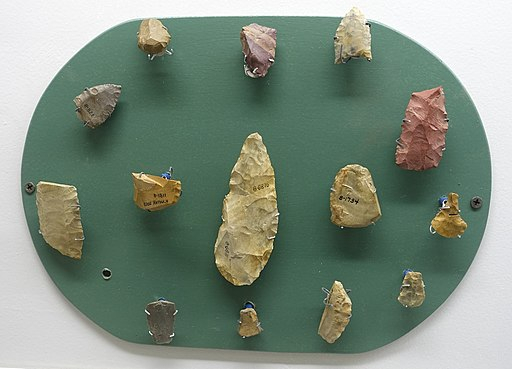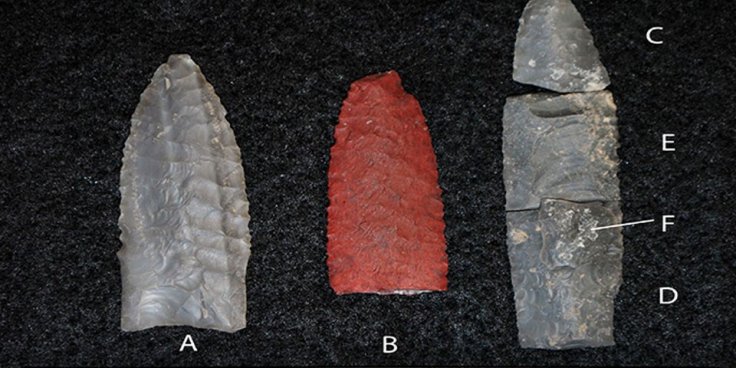In Avon, while digging for construction of a bridge over the Farmington River, archaeologists unearthed a hidden historic site 12500-year-old. when they began to excavate the area, located near Old Farms Road, the crew discovered evidence of what archaeologists have called southern New England's earliest inhabitants, dating back to a time known as the Paleoindian Period (16000–8000 BC).
It should be mentioned that the archaeological site which is estimated to be about 12500-year-old, has been named in honor of Brian D Jones, the state archaeologist who died in July. As per Catherine Labadia, a staff archaeologist with the State Historic Preservation Office, it is the crowning discovery after years of archaeological digs in that part of Avon, Connecticut.
Excavation in Avon
The archaeologist revealed that previous findings have revealed younger sites but the project by the state Department of Transportation has uncovered more significant finds as it included deeper excavation. Labadia said, "This is the once-in-lifetime opportunity to look [at a site of this age] in Connecticut. This site has the potential to make us understand the first peopling of Connecticut in a way we haven't been able to."
The state department hired a Storrs-based firm, Archaeological & Historical Services, Inc. to carry out the excavation. Senior Archaeologist David Leslie who was the principal investigator said the excavation turned up 27 features and about 15,000 artefacts, which are mostly ancient tools.
Archaeological findings
Leslie said that the features discovered from the site are rarer and showed the signs of human activities, including holes and walls. At the site, archaeologists found an open fire pit or hearth and a number of posts from temporary houses, said Leslie.
It should be mentioned that as per Leslie, only a few Paleoindian features have been found in the areas, while as per Leslie, the Avon site has revealed more than two dozen features and showed evidence of the earliest known population in Connecticut.

The construction project in Avon
Thanks to the project, which required deep excavation for the construction of bridge abutments, the artefacts and features were found lodged about six feet under the surface. The principal investigator of the site said that the state department has agreed to 100 percent data recovery of the archaeological site in Avon which means the plot of the land was fully excavated and each patch of dirt was shifted through for the artefacts.
Paleoindian Period
It came toward the end of the Ice Age, a time when the climate warmed and the largest mammals became extinct. The first humans arrived in Virginia somewhere at the end of the Ice age or Pleistocene Epoch, having migrated from Asia to North America. For many years, scholars assumed that these so-called Paleoindians were the ancestors of Virginia Indians, who were hunter-gatherers, left behind lithic, or stone, tools, often spearheads.










